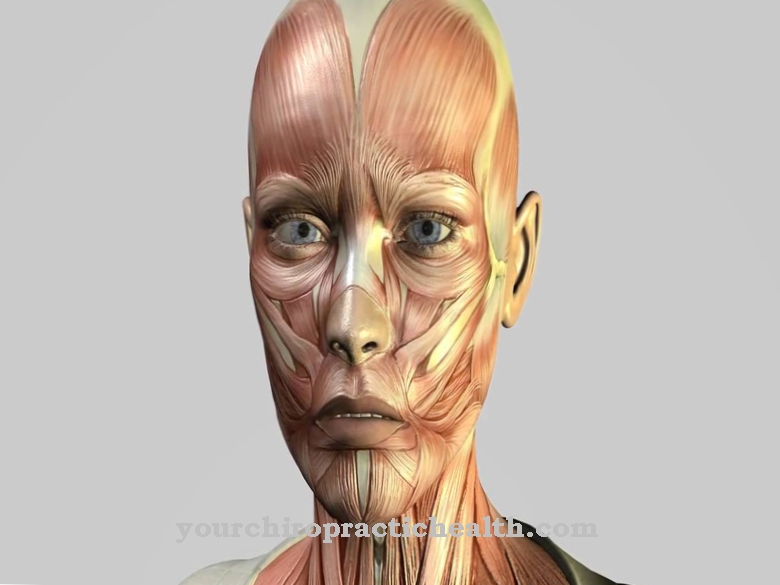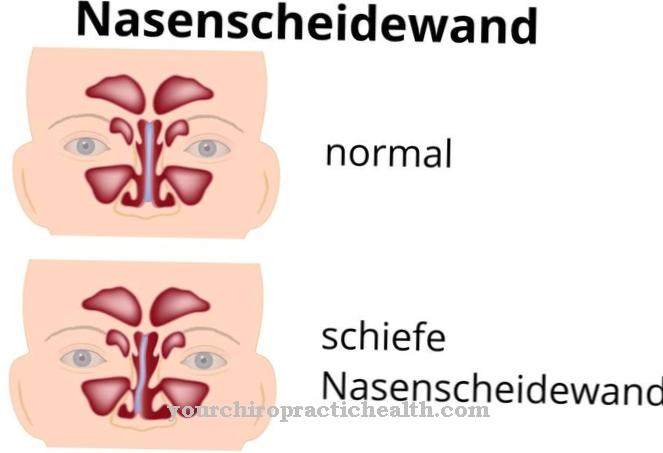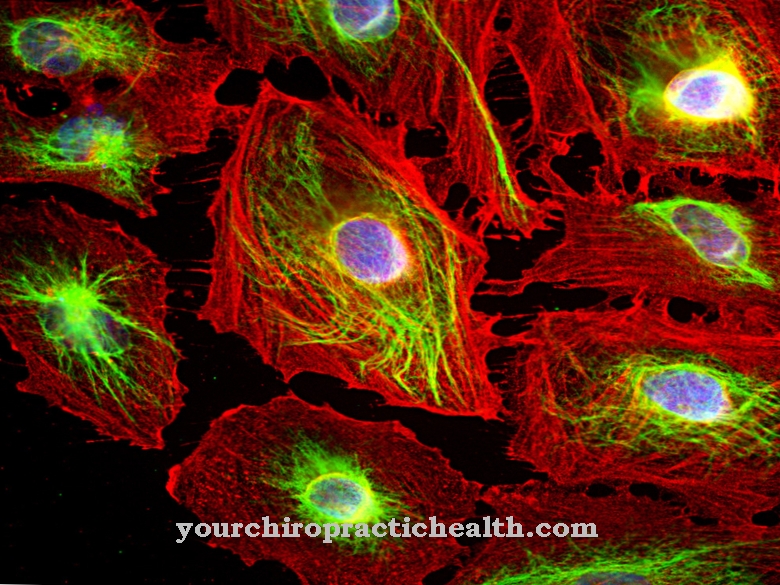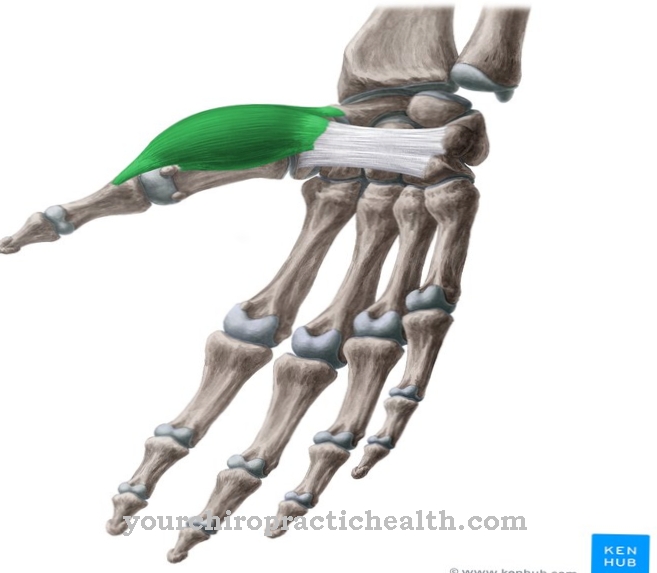The Cerebrum is most of the brain. It occupies the upper part of the skull and consists of two oval hemispheres. Each area of this complex nervous system performs a specific and complex function.
What is the cerebrum?
The Cerebrum will also be Endbrain, or in Latin Cerebrum called. This is the largest and evolutionarily newest part of the human brain. It occupies the upper section of the cranial cavity. With the exception of Medulla (Latin for "extended mark"), des Pons(Latin for "bridge") and the cerebellum, it consists of practically all parts within the skull. The two hemispheres are split lengthways in the middle and below by the Corpus Callosum, the cerebral bar.These two halves of the brain communicate with the brain stem. The surface of the cerebrum is called the cerebral cortex and is covered with many cerebral convolutions, i.e. furrows. If these strong windings are spread out, the surface area increases immensely. The skull consists of several bones grown together.
Brain lobes, named after the bones above, form below these bone parts. Motor and sensory functions as well as mental activities are controlled in the endbrain. Mental activities include things like perception, imagination, judgment, reason, and decision making. A multitude of electrical waves are generated with every function and activity. These can be recorded as an electroencephalogram in order to localize disorders or to determine brain death.
Anatomy & structure
The cerebrum belongs to the central nervous system and is the largest component in it. It consists of a right and left hemisphere, the hemispheres. These are connected below by the corpus callosum so that they can communicate with each other. The corpus callosum, which belongs to the white matter, consists of a thick bundle of nerve fibers.
Each of these hemispheres is divided into four other lobes: the frontal, temporal, occipital and parietal lobes. The frontal and parietal lobes are separated from each other by the central furrow. This also separates the anterior motor cortex from the posterior somatosensory cortex. Below the frontal and parietal lobes are separated from the lateral temporal lobes by the Sylvian furrow.
The parietal lobes are also distinguished from the occipital lobes by means of a furrow. The cerebrum consists of both an outer gray cerebral cortex and an inner white brain marrow. The outer bark is a folded substance and resembles a walnut. It consists of many neurons, the nerve fibers of which protrude into the brain marrow. These nerve fibers are coated with myelin and give it the characteristic white color.
Function & tasks
The cerebrum consists of four lobes that perform different tasks. They control people's thoughts, senses and movements. The corpus callosum conducts messages between the two hemispheres of the brain.
The right half of the brain controls the left side of the body and the left half controls the right side of the body. As the name suggests, the frontal lobe is located in the area of the forehead. It has a prefrontal and motor cortex. Activities such as emotions, creativity, planning, judgment, movement and problem solving are controlled here.
The prefrontal cortex is responsible for higher mental tasks and thus reflects a person's personality and culture. Voluntary movements are controlled in the primary motor cortex. The movements of facial expressions and hands occupy a particularly large space. Behind the frontal lobe is the parietal lobe on the upper side of the brain.
In this area the senses of taste, pressure, temperature, touch and pain are directed. The temporal lobe can be found on the right and left side behind the temples. This part plays a large role in most hearing and speech functions. Likewise for emotions and learning processes. The occipital lobe lies on the posterior lower side of the endbrain. This rag controls visions and has the ability to recognize objects. The retina of the eye sends signals to this part of the brain, which are then processed into images.
You can find your medication here
➔ Medicines against memory disorders and forgetfulnessIllnesses & ailments
Since all four lobes of the brain fulfill different functions and tasks, the symptoms are also different if these areas are damaged. The frontal lobes are responsible for a person's emotions and personality. If part of this brain area is destroyed by an accident or a tumor, the character of a person can also change.
In some cases, pseudo-depressive disorders occur. The affected person shows few emotions, is listless and has a reduced desire for social contact and sexual interactions. In other cases the patient is pseudo-psychopathic. The social and sexual desire is more unrestrained and more pronounced. The motor movements are uncontrolled.
Other diseases of the cerebrum can affect the vascular system. After a stroke, a crucial part of the gray cells is insufficiently supplied with oxygen. A lack of oxygen leads to the death of these cells. Depending on the severity and duration of the circulatory disorder, this area of the brain may not fulfill its function permanently or temporarily.
This can lead to paralysis of the extremities on the opposite side of the body or to speech and vision disorders. A drooping corner of the mouth or a drooping tongue are also very characteristic of this condition. Increased pressure within the skull caused by increased cerebrospinal fluid can lead to problems walking and dementia. This is the case with hydrocephalus. Infections such as meningitis, encephalitis or a brain abscess are also known and can cause serious complaints. Just like epilepsy, tumors, autoimmune diseases and degenerative changes like Alzheimer's.













.jpg)

.jpg)
.jpg)











.jpg)